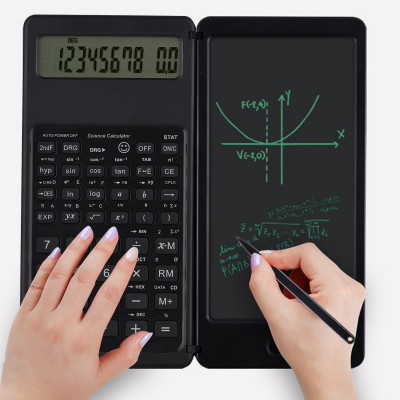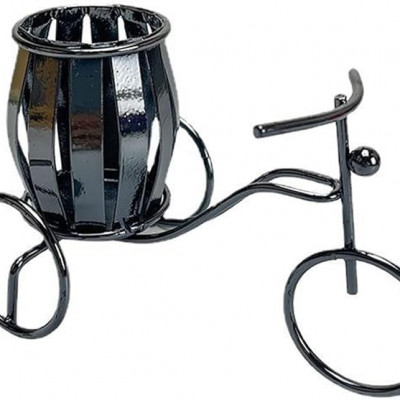Section breaks
Main article: Section (typography)
Many published books use a device to separate certain paragraphs further when there is a change of scene or time. This extra space, especially when co-occurring at a page or section break, may contain a special symbol known as a dinkus, a fleuron, or a stylistic dingbat.
Style advice
The crafting of clear, coherent paragraphs is the subject of considerable stylistic debate. The form varies among different types of writing. For example, newspapers, scientific journals, and fictional essays have somewhat different conventions for the placement of paragraph breaks.
A common English usage misconception is that a paragraph has three to five sentences; single-word paragraphs can be seen in some professional writing, and journalists often use single-sentence paragraphs.[7]
English students are sometimes taught that a paragraph should have a topic sentence or "main idea", preferably first, and multiple "supporting" or "detail" sentences that explain or supply evidence. One technique of this type, intended for essay writing, is known as the Schaffer paragraph. Topic sentences are largely a phenomenon of school-based writing, and the convention does not necessarily obtain in other contexts.[8] This advice is also culturally specific, for example, it differs from stock advice for the construction of paragraphs in Japanese (translated as danraku 段落).[9]
See also
Suka
Komentar
Membagikan





